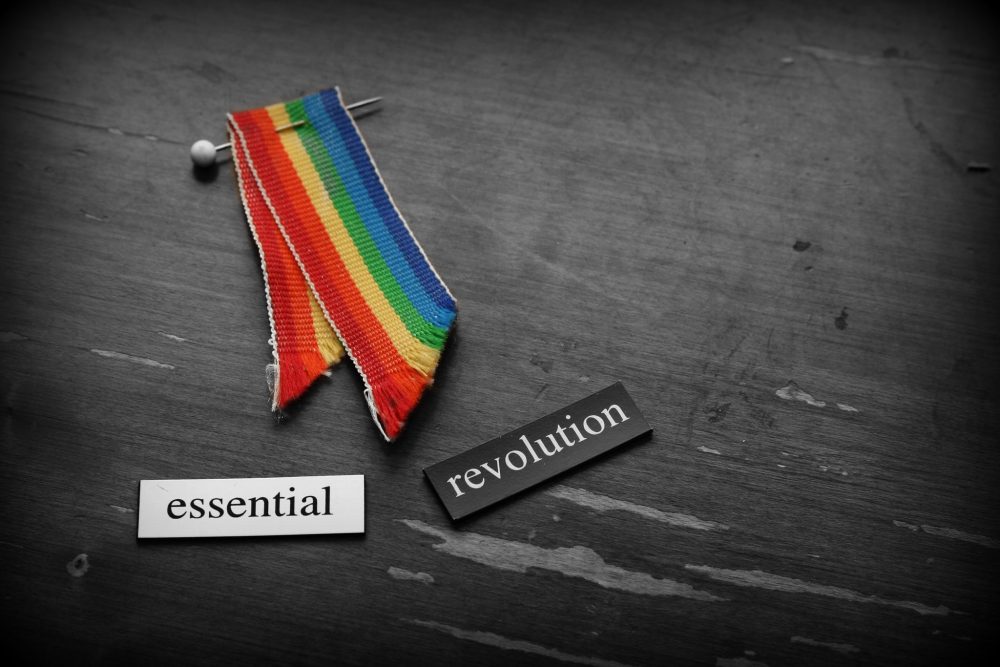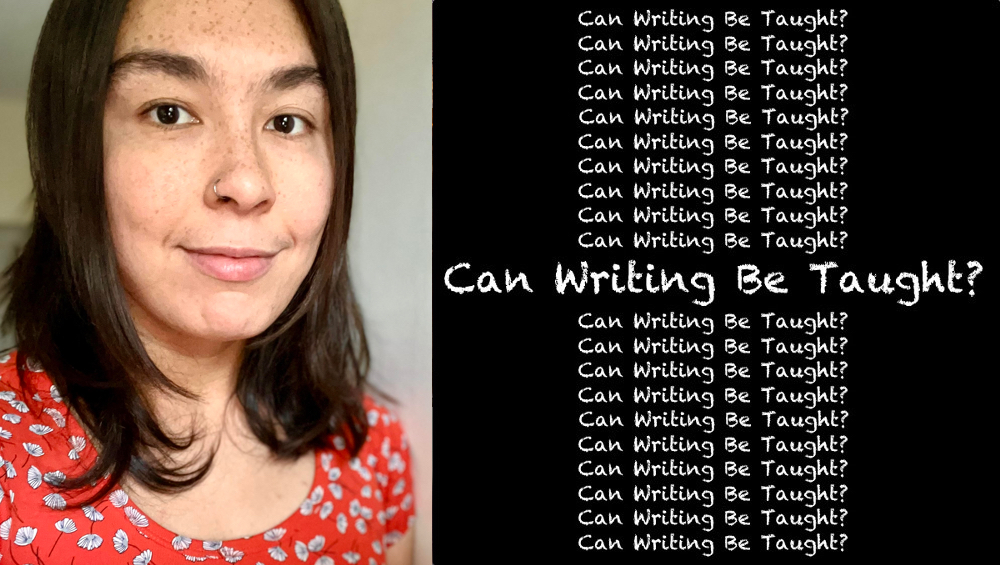Advice
Ingrid Rojas Contreras Thinks You Should Cultivate Your Weirdness
Ten questions about teaching writing with the author of "Fruit of the Drunken Tree"

In our series “Can Writing Be Taught?” we partner with Catapult to ask their course instructors all our burning questions about the process of teaching writing. This time we’re talking to Ingrid Rojas Contreras, who will be leading a year-long novel generator—apply with the first chapter of your novel in progress, and leave with a completed draft (or the skills to get to one), plus an understanding of what’s ahead of you in the publishing process. Rojas Contreras talked to us about reading aloud, eating gummy bears, being the only writer of color in the workshop, and why audience is political.
What’s the best thing you’ve ever gotten out of a writing class or workshop as a student?
I did my MFA at Columbia College in Chicago, back when the program was using oral storytelling as a model to teach creative writing. Our in-class pre-writing involved telling a scene to the workshop circle aloud. It sounds terrifying, and it was. But I learned so much about tension and traction and keeping the reader’s attention in that way. It’s very obvious when you’re telling a story to someone and you’ve failed to frame it the right way! (I should say I was also working on experimental stuff and more traditional-narrative forms, and the process worked for both.) As someone who didn’t grow up reading but did grow up around family storytelling circles, I appreciated this intersectional entry point into writing.
What’s the worst thing you’ve ever gotten out of a writing class or workshop as a student?
This was both a good and a bad thing—I was often one of two writers of color in a workshop. I got a lot of feedback that was consciously or unconsciously asking me to tailor my stories to the white gaze. It really sent me for a loop. For a while, I tried to meet those insatiable requests. Then I realized the politics of it, and the experience taught me to stay the course on my own vision and inclinations. I began to think deeply about who I was writing a particular piece to.
What is the lesson or piece of writing advice you return to most as an instructor?
I think it has to do with the above! I think audience is the first political decision you can make as a writer. The intended audience for a piece and the author’s vision should be what guides the writing and crafting of a piece. I do many exercises to help writers get clear on this.
Does everyone “have a novel in them”?
I believe that.
Would you ever encourage a student to give up writing? Under what circumstances?
If a writer’s heart is no longer in it, that’s the only circumstance I can think of! It’s also possible to take a break from writing, and give up on it momentarily. Nothing has to be forever. Fluidity is important to any creative process.
What’s more valuable in a workshop, praise or criticism?
Neither! The most valuable thing in my opinion is helping a writer arrive to an artistic statement of purpose which then implies stylistic, structural, and poetic decisions. A workshop’s effort in critiquing a piece should be about echoing back to the writer the parts of their work that are aligning with their visions, which are misaligned, and helping to peruse what the state of a piece might imply to the writing/re-framing/editing of a work.
Should students write with publication in mind? Why or why not?
I would say in a first draft, it’s best to put thoughts of publication off. In putting words on the page for the first time, chasing after a story should be an act of discovery. In a second draft, when the writing can become more conscious, that’s when I bring thoughts of publication in.
In one or two sentences, what’s your opinion of these writing maxims?
- Kill your darlings: Against it. My dear friend R.O. Kwon wrote a piece against this maxim, and I agree with her: “I want any novel I write to be full of darlings. If possible, all darlings. I don’t want any published novel of mine to include a single line that bores me, that hasn’t been shaped, pressed, and attentively loved into the most truthful, living version of itself.”
- Show don’t tell: Against it as well. My imagination of what writing can be includes a myriad of cultural approaches to story. There is an art to telling, and there is an art to showing. I want to preserve the artistry of the voice in the workshop, and maxims like these dictate writers engage an anglo-american style.
- Write what you know: I think this one is a good guiding principle for beginning writers, but there’s a political nuance which I think this maxim obviates. What of otherized writers who are expected to tell a story? For many of us this maxim feels like an airless, claustrophobic command.
- Character is plot: Character is plot in some stories, and character is not plot in others. We do study characters as agents of narrative, but not of plot per se. Books are a collection of pages in which a writer is considering a specific and complex question. In class we work toward enunciating this existential/pivotal question and look at characters as embodiments of that preoccupation.
What’s the best hobby for writers?
Being weird. I think that’s a great hobby to cultivate.
What’s the best workshop snack?
This is such a hard question… I’m going to go with gummy bears? They’re sweet and bite-sized. Is there a right answer?








